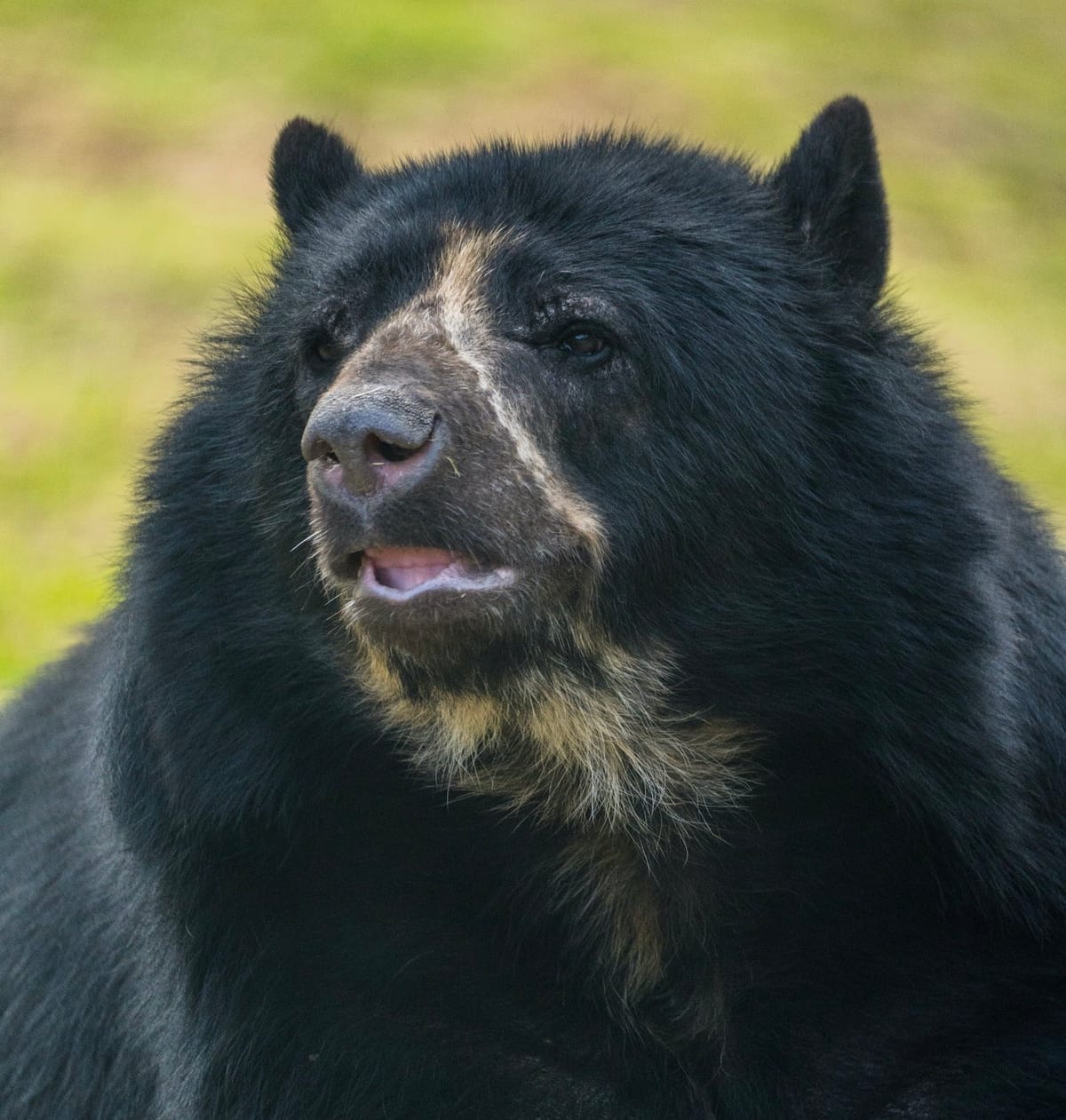Zoos welcome ‘Paddington Bears’ to help save species from extinction

By Jill Dando News
Two zoos in the US and UK have welcomed their very own ‘Paddington Bear’ as part of a special breeding program to help save the rare Andean species from extinction.
The Chester Zoo in England released a new video of a ten-year-old Andean bear named Oberon that arrived as a ‘perfect match’ for the zoo’s female.
It is hoped the handsome Oberon will soon ‘hit it off’ with three-year-old Pacha so they can have cubs together and boost the population of the threatened South American species.
Check out some highlights of Obe’s first days at the zoo, as he explores his new habitat and gets his bear-ings!
Andean Bears are also known as ‘spectacled’ bears due to the circular golden markings that can occur around their eyes—and were made famous by the classic children’s character Paddington Bear that was from ‘deepest, darkest Peru’ and appeared in more than 20 books written by British author Michael Bond.
Excited by the new arrival, Mike Jordan, a director at the zoo, said Oberon has “settled in nicely” since arriving in Chester, spending his time “exploring, climbing trees and checking out the sights and scents of his new home.”
“Oberon hasn’t yet fathered any cubs, so his genetics could play an important role in the future of his species—adding a key new bloodline to the breeding program.”
The Nashville Zoo in Tennessee also announced this week the arrival of a new 10-year-old male named Pinocchio, from the Salisbury Zoo in Maryland, as part of the Association of Zoos and Aquariums’ Andean Bear Species Survival Plan (SSP).
Pinocchio has a unique origin story and was originally rescued as an abandoned cub from the rural countryside of Ecuador and was ultimately deemed unfit to be released back into the wild.
Andean bears were made famous by the classic children’s character Paddington Bear who, although found in a London train station in the books, was known to be from ‘deepest, darkest Peru’.
Andean Bears are also known as ‘spectacled’ bears due to the circular golden markings that can form around their eyes.
The fascinating animals are uniquely adapted to challenging mountainous habitats and possess a thick, shaggy coat and powerful jaws used for eating hardened vegetative matter in the harsh climates of the Andes.
The International Union for the Conservation of Nature (IUCN) lists Andean bears as Vulnerable to Extinction, with fears they face a high risk of disappearing altogether in the wild without further conservation action.
Experts estimate that fewer than 10,000 now remain as a result of deforestation, climate change and conflict with humans.
For more stories from Jill Dando News click: http://www.goodnewspost.co.uk




